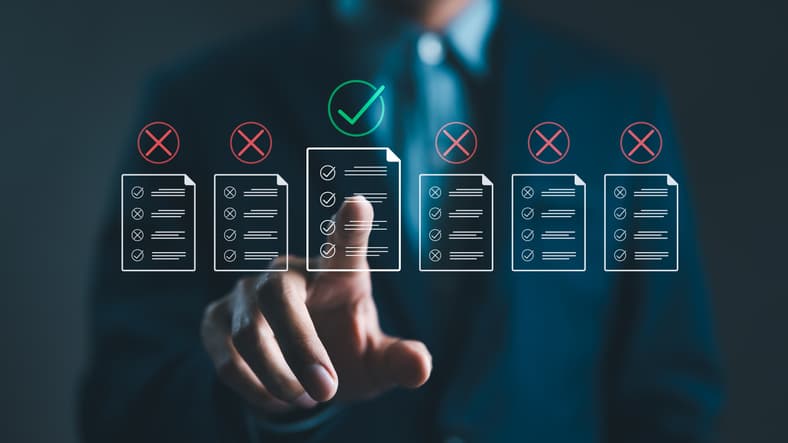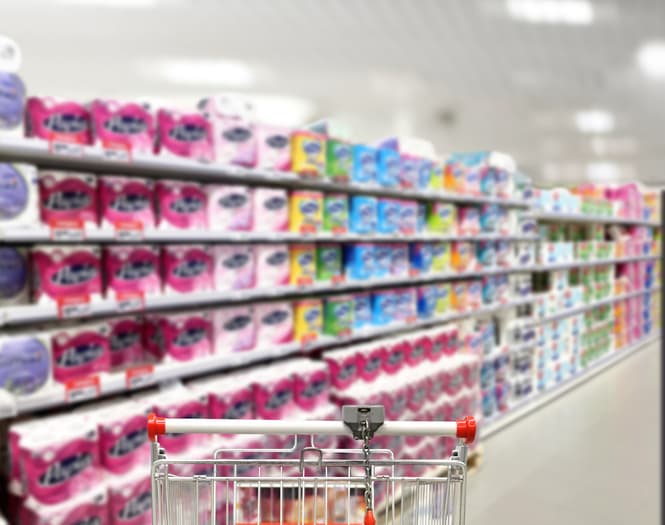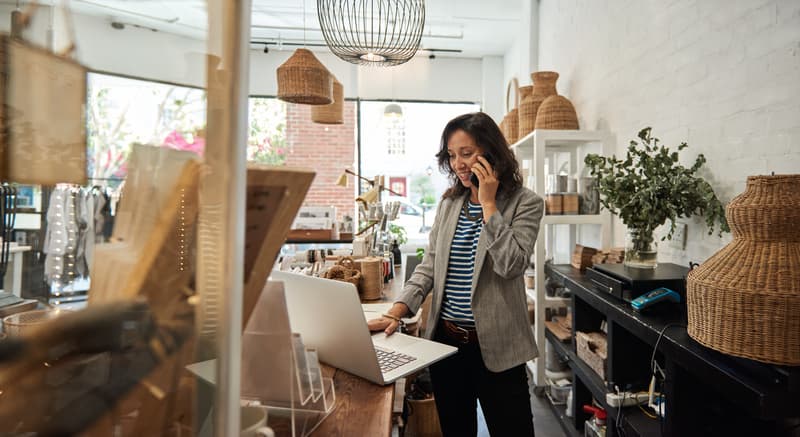
By: Rob van den Heuvel – CEO at Sendcloud
A pandemic-induced surge in online purchases has forced parcel and postal carriers to rapidly increase their delivery services.
Companies such as DPD and Hermes announced record growth in the UK during 2020, as well as new operational hubs, depots and staff to support demand.
And there are strong demands. Consumers want to decide for themselves where, when and how a package is delivered. Not only does this need to be delivered fast and cost effectively, but consumers are also wanting providers to think sustainably in the way they ship goods.
57% of UK consumers feared the impact of e-commerce on the environment, while 38% said they’d be happy to pay extra for more sustainable delivery options.
Consumers expect brands to fulfill both their orders and their idea of a sustainable future. Ecommerce and delivery services are booming, and consumers expect reinvestment towards meeting reduced carbon levels and even net-zero targets. Not fulfilling these expectations puts the entire business at risk.
Although not yet pervasive across ecommerce, more and more businesses are coming up with sustainable solutions that meet both environmental aims and consumer demand.
The mountains of parcels delivered during the pandemic has led to an enormous innovation drive within the logistics sector, with four trends in particular contributing to making deliveries more sustainable while putting the customer first.
- Eco-friendly delivery options
The best way to tackle a problem is at the source. In other words: making consumers aware of the impact of their delivery option of choice. Ordering online can be as easy as clicking a button and finding your order at your front door the next day. It’s so quick and easy that people don’t even have the chance to think about how their delivery impacts the environment.
Fast delivery is nice, but not always necessary. Many consumers will choose to save money and get their order a bit later. According to an Accenture report, 36% of online shoppers are actually happy to wait longer for free delivery.
Customers could be encouraged to opt for a more sustainable delivery by charging for next-day delivery and offering slow delivery for free. Another option is to let them choose between rush or no-rush delivery, to make them aware of the environmental impact of fast shipping. By communicating clearly in the check-out, online retailers can offer both flexible and green delivery options at the same time.
- Uberfication of the last mile
Another way to ship items to customers quickly and sustainably is to make smart use of existing cargo space, as currently more than 50% of the delivery trucks in Europe drive around partly or completely empty.
Utilising empty cargo space of trucks makes logistics more sustainable while reducing transport costs. For example, transportation networks such as Quicargo are able to identify unused cargo space and offer it out to retailers as a shipper.
This ‘Uberfication’ of last mile logistics is unstoppable and even reaches individuals. Recently, Amazon has launched Amazon Flex – also referred to as Uber for parcel delivery – where individuals and small companies can register to use their delivery network.
Although ‘Uberfication’ of logistics is a fairly new trend, it is an interesting way to optimise the use of assets. When utilited and organised efficiently, it can significantly contribute to CO2-reduction methods.
- Changing ways for a greener future
CO2 reduction is simple in theory: the less time delivery drivers spend on the road, the lower the environmental footprint.
Today’s technology allows for automated route optimisation, therefore increasing vehicle efficiency. Greenplan, a DHL-financed start-up, has developed an algorithm that supports green route-planning and accounts for factors such as carbon emissions of vehicle type and range limits of electric vehicles. By combining these, Greenplan creates automated route optimisation for more efficient and sustainable journeys.
However, the technology can not only help to reduce emissions, but also contribute to better customer satisfaction. Budbee, a Swedish carrier, also used an algorithm to create efficient routes which also allows consumers to change their delivery to a one-hour time slot – increasing first-time delivery attempts and reducing the time drivers are on roads.
- Going the extra mile for a green smile: localise delivery
Local delivery offers a solution for both sustainable and flexible delivery services. By using local delivery networks, a parcel needs to travel a shorter distance, which reduces emissions and gets a faster delivery to the customer.
Take Amazon as an example. In March 2020, the e-commerce giant doubled down on its local delivery strategy, investing in a network of new micro-fulfilment centres that stock popular items bought by consumers within a particular region. In this way, Amazon can offer customers speed and convenience while reducing emissions.
Local delivery strategies aren’t just for e-commerce giants, however, as smaller, more independent ecommerce stores can also look closer to home.
For example, if you have many parcels in the region, you can have them delivered by a local courier, maybe even by bike or on foot. Lockers are also becoming more popular, allowing multiple deliveries to be dropped off and picked up at a time convenient to the consumer.
Not only does this save CO2, but the shorter distance often allows you to deliver faster than through a national network.
Disrupting deliveries: shaking up the status quo
The delivery market is on the move. In the race for fast and flexible delivery, businesses must also adopt more sustainable, affordable shipping solutions that make the last mile of delivery more eco-friendly.
Innovation in technologies such as automation and electric vehicles as well as smarter delivery strategies are needed to meet consumer demands and deliver sustainably at the same time.
The first steps have been taken. Now it’s time to think outside the (delivery) box.


